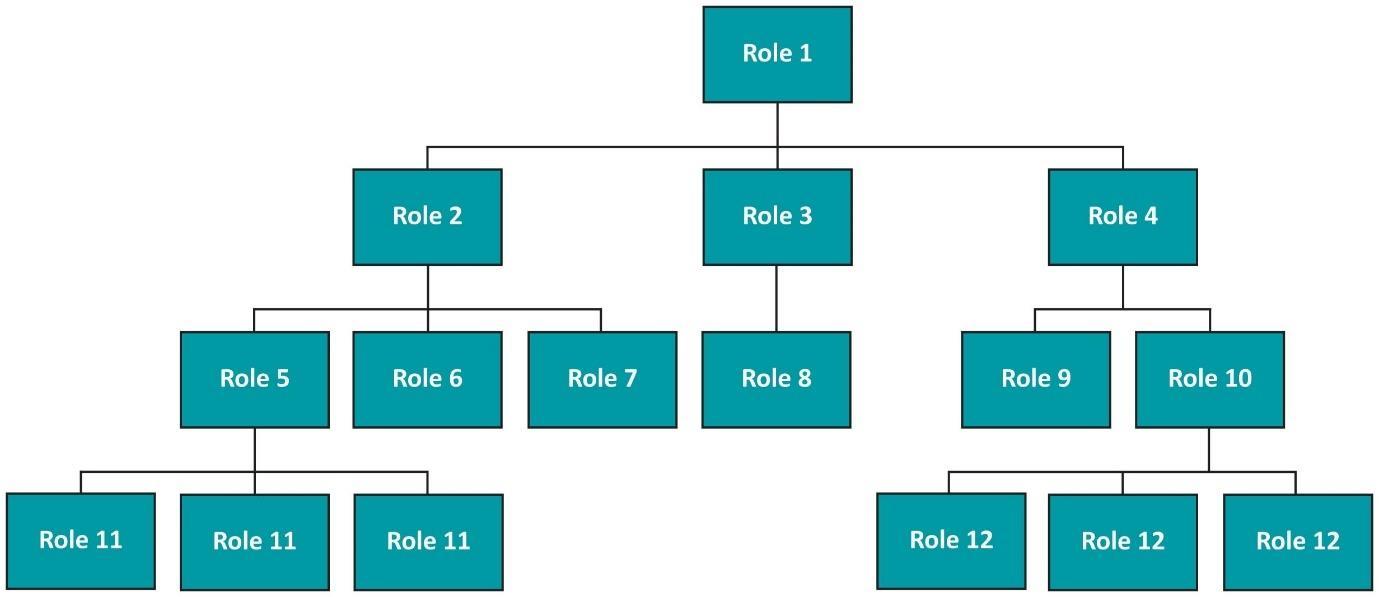
4 minute read
2 Organizational context
The organizational context of [Organization Name] is set out in the following sections. Given the fast-moving nature of the business and the markets in which it operates the context will change over time. This document will be reviewed on an annual basis and any significant changes incorporated. The ISMS will also be updated to cater for the implications of such changes.
2.1 Activities
[Organization Name] undertakes a wide range of business activities within its target sectors and is constantly developing new products and services to bring to market.
Describe:
• What does the organization do? • What type of cloud services are provided e.g. SaaS, PaaS, IaaS (CSPs only) • When was it formed? • What is its structure e.g. group of companies? • What is its main industrial sector? • Who are its main customers? • In which geographical regions does it operate? • What is its annual turnover?
2.2 Functions
[Organization Name] consists of the following organizational functions:
• Sales and Marketing • Finance and Accounting • Human Resources • Operations • Logistics • Product Research and Development • Project Management • Risk and Compliance • Consulting • Information Technology • Governance
An organization chart is shown below:
Figure 1: Organization chart
[Describe where the various functions are based e.g. HR, Finance and Marketing are in a corporate headquarters whilst Operations is in a regional structure spread across x offices nationwide/internationally. List where your data centres are located]
2.3 Services
[Organization Name] offers the following major services to its customers:
• [List the main cloud services provided if your organization is a CSP]
Specify:
• Are all services offered to all customers? • Which services create the most revenue and profit? • Are any services dependent on others (prerequisites)? • Which services are the most high profile? • Are any of the services subject to external regulation? • Do any of the services have a health and safety aspect? • To what extent is Personally Identifiable Information (PII) involved?
2.4 Products
[Organization Name] offers the following major products to its customers:
• [List the main products, if your company also provides products]
Specify:
• Are all products offered to all customers? • Which products create the most revenue and profit? • Are any products dependent on others (prerequisites)? • Which products are the most high profile? • Are any of the products subject to external regulation? • Do any of the products have a health and safety aspect?
2.5 Major partnerships
[Organization Name] has a policy of forming partnerships with other organizations which complement its own offerings and bring increased benefits to its customers.
The following major partnerships are currently in place:
For each partnership (if you have any) specify:
• Organization name • Location(s) • Nature of partnership • Which products or services are affected by the partnership • Which/how many customers are involved • How long the partnership has been in place • Is any PII shared with the partner • Any other relevant information
2.6 Supply chains
In order to provide our products and services to our customers a number of important supply chain routes are in place. The major ones are:
Describe for each supply chain (if you have any):
• The products and services affected • The links in the supply chain both in terms of organizations involved and geography • How established the supply chain is
• Revenue and profit value that relies upon the supply chain • Any other relevant information
2.7 Interfaces and dependencies with other organizations
[Organization Name] has relationships with several organizations to which it has outsourced aspects of its business activities. These are summarised in the following table.
ORGANIZATION NAME OUTSOURCED ACTIVITIES INTERFACES
Big Hosting Company Data Centre support Change management process
IT Help Desk Company First line IT support Infrastructure and application support processes
DEPENDENCIES
Delivery of the SaaS application
Internal IT support
Table 1: Outsourced activities
These outsourced relationships are considered when defining the scope of the ISMS.
2.8 Objectives and policies
The purpose of the ISMS is to ensure that [Organization Name] is still able to meet its defined business objectives and comply with its policies in the face of potential and actual security incidents. This section sets out what the major business objectives and policies are for the current financial year so that a clear relationship can be established between these and the objectives of the ISMS.
2.8.1 Business objectives
For the financial year 20xx/20yy [Organization Name] has set the following major business objectives:
• List the major business objectives – reference to business planning documentation may be made here
2.8.2 Business policies
Policies have been set by the organization in a variety of areas and these must be taken account of during the information security planning process to ensure that they are met. The main relevant policies are:
• Corporate Risk Management Strategy • Human Resources Policy • Home Working Policy • Flexible Working Policy • Equality and Diversity Policy • Internet Acceptable Use Policy • Information Security Policy • IT Access Control Policy • Legal Responsibilities Policy • Other relevant policies


